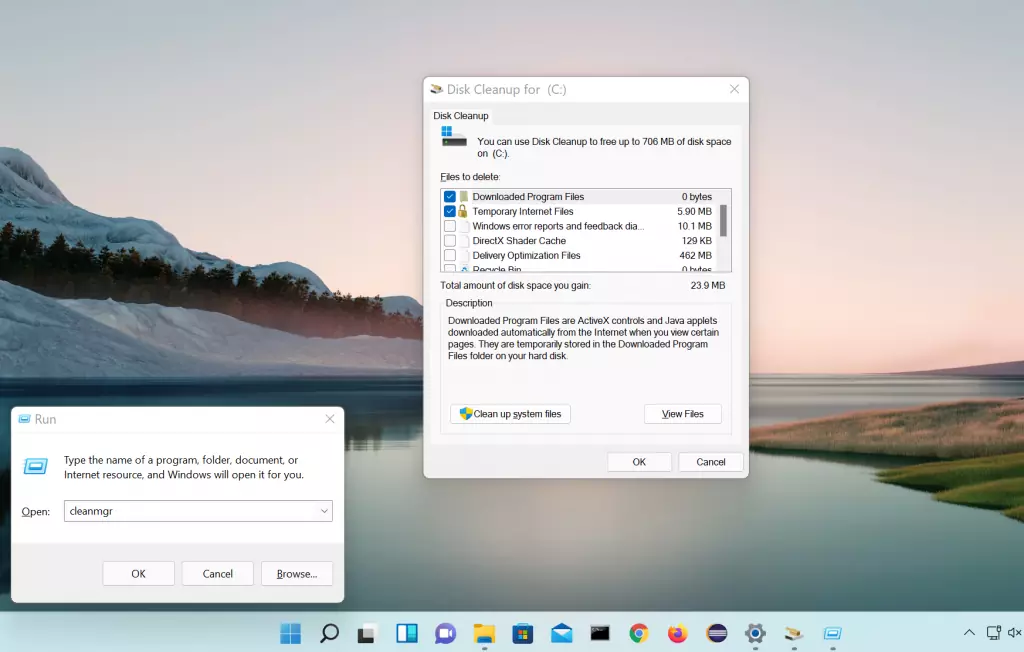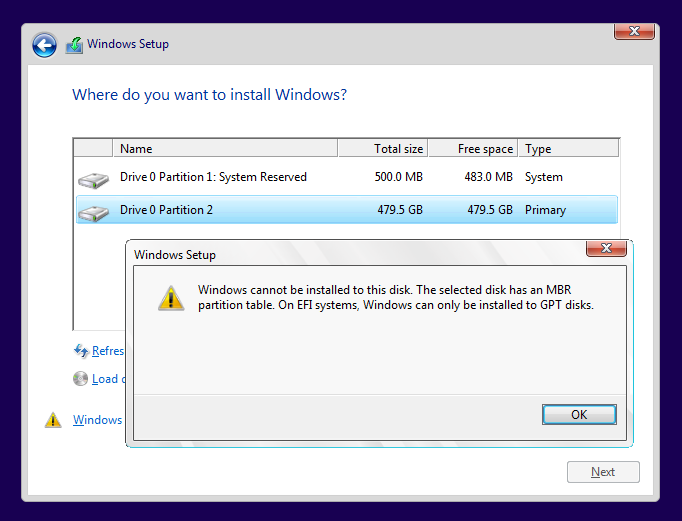

Click Advanced system settings, and click Settings… under Performance in System Properties.Go to Control Panel > System and Security > System.
Windows server 2008 clean disk pro#
Apologies for the image quality, I’m no pro :-) Steps to move Windows Page File pagefile.sys through Control Panel GUI. Set-WMIInstance - Class Win32_PageFileSetting - Arguments "d:\pagefile.sys" InitialSize = 0 MaximumSize = 0} Code language: PHP ( php ) $CurrentPageFile = Get-WmiObject -Query "select * from Win32_PageFileSetting where name='c:\\pagefile.sys'" $server.AutomaticManagedPagefile = $false $server = Get-WmiObject Win32_computersystem -EnableAllPrivileges This PowerShell snippet uses Get-WmiObject to query the system for the pagefile location, deletes it and sets a new value ( d:\pagefile.sys in this example). Have a look at the following examples to move Windows Pagefile.sys: There are of course more than one ways to move the page file, by GUI or using PowerShell to move Windows pagefile. You can, however, move the Windows pagefile.sys to a different partition, when you have little space to spare on C: and more available on D: or E. Therefore the pagefile must not be removed! On Linux though, you can turn off swap. The pagefile has always been about supporting a system crash dump, if it is necessary, or extending the system commit limit, if it is necessary. Windows needs and uses this file as swap: Windows swaps information in and out this file as an extended memory or virtual memory. Windows Pagefile.sysĪ system managed Pagefile.sys (also known as a “page file” or “paging file”) can take up gigabytes of hard disk space. Let’s continue to make more space available. If disk space usage is an issue on your system, I’m sure you’ve disabled System Restore by now: Disable-ComputerRestore "C:\", "D:\ " Code language: JavaScript ( javascript )
Windows server 2008 clean disk how to#
Want to know how to move an user’s Documents folder? Or how to move the SoftwareDistribution folder? Then please read my previous article Disk Cleanup in Windows Server using Deployment Image Servicing and Management (DISM).

In this post I’ll provide you with 5 ways to clean up files and free up disk space in Windows Server 2016 (and Windows Server 2019, Windows Server 2012 R2) without using the Disk Cleanup Utility. But not only logfiles from services, also log files created by installers, temporary files, Windows Error Reporting (WER) crash dumps, et cetera. Depending on the task your Windows Server has, IIS web server for example, you can find log files all over the place. 2 Conclusion cleaning up extra disk locations Extra ways to free up disk space in Windows Server


 0 kommentar(er)
0 kommentar(er)
